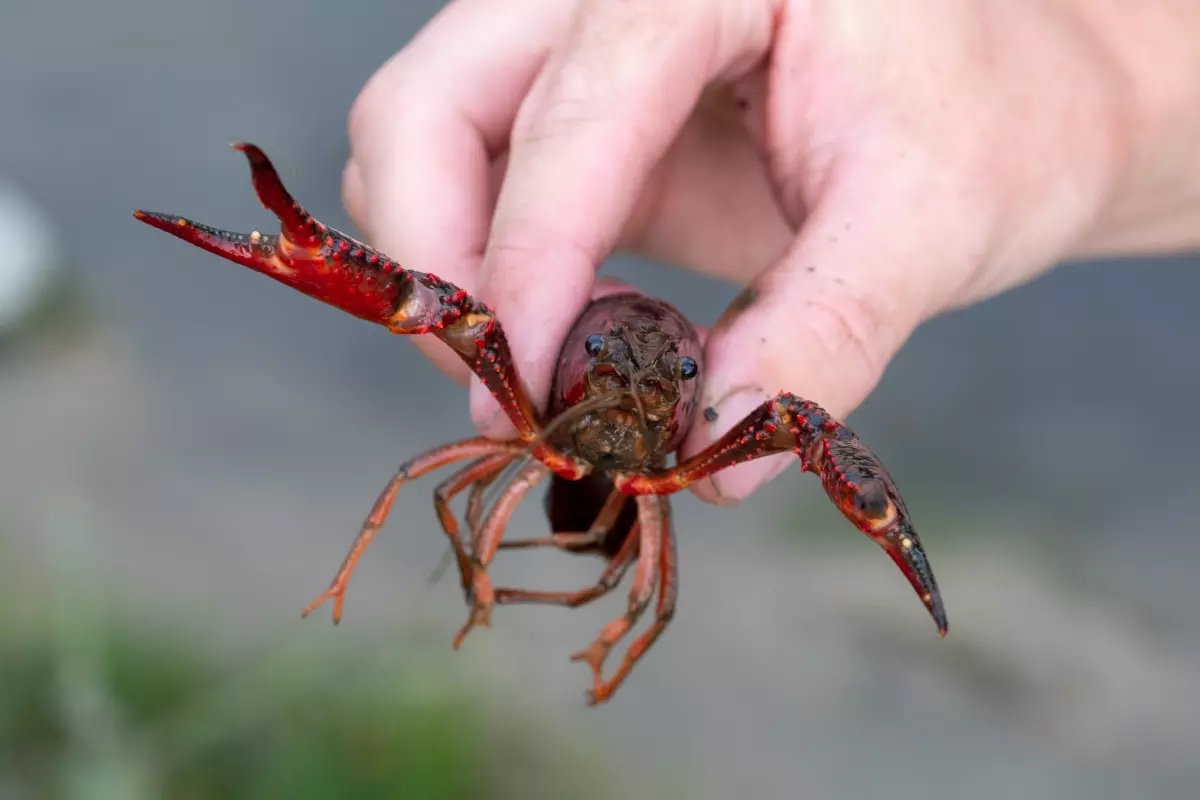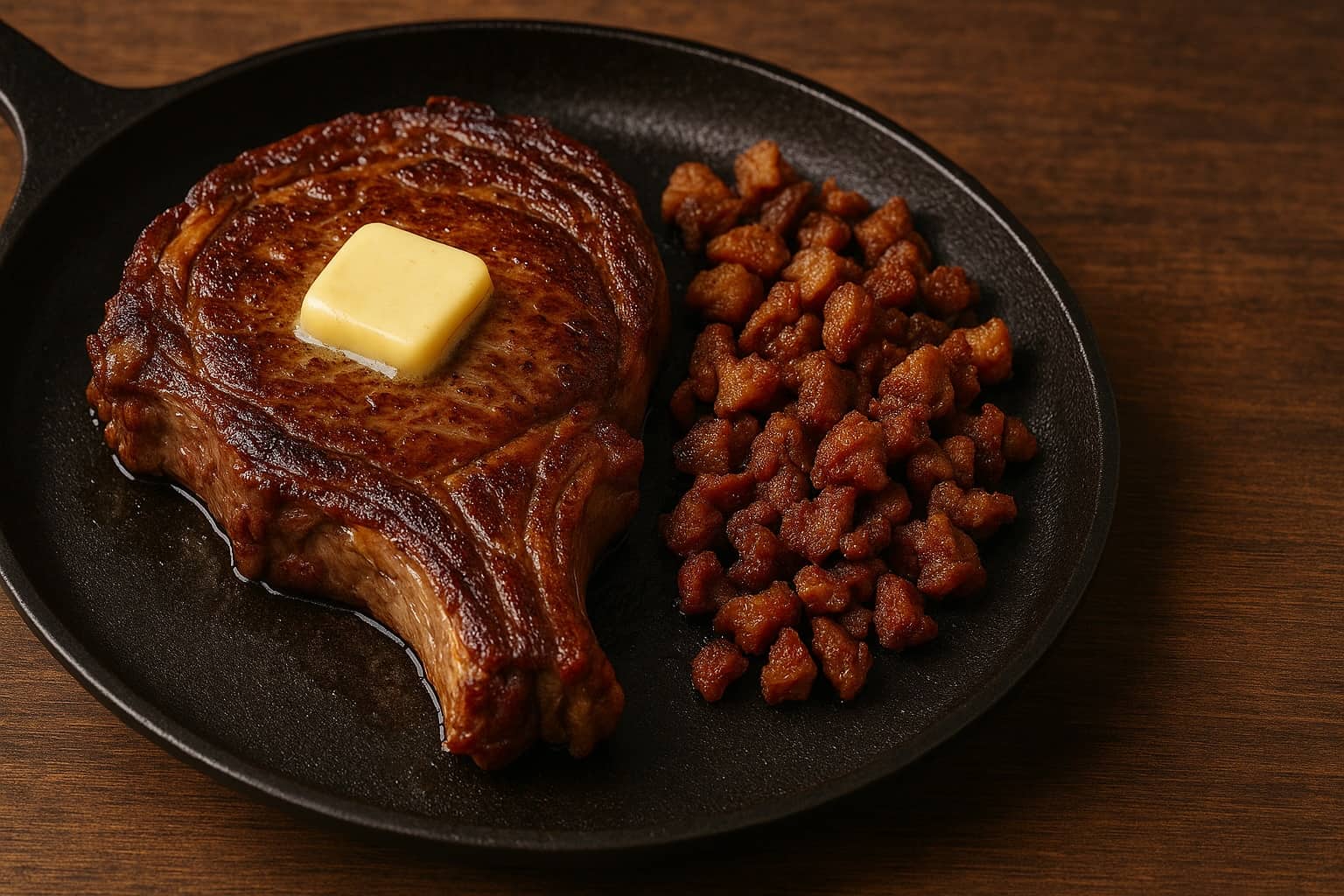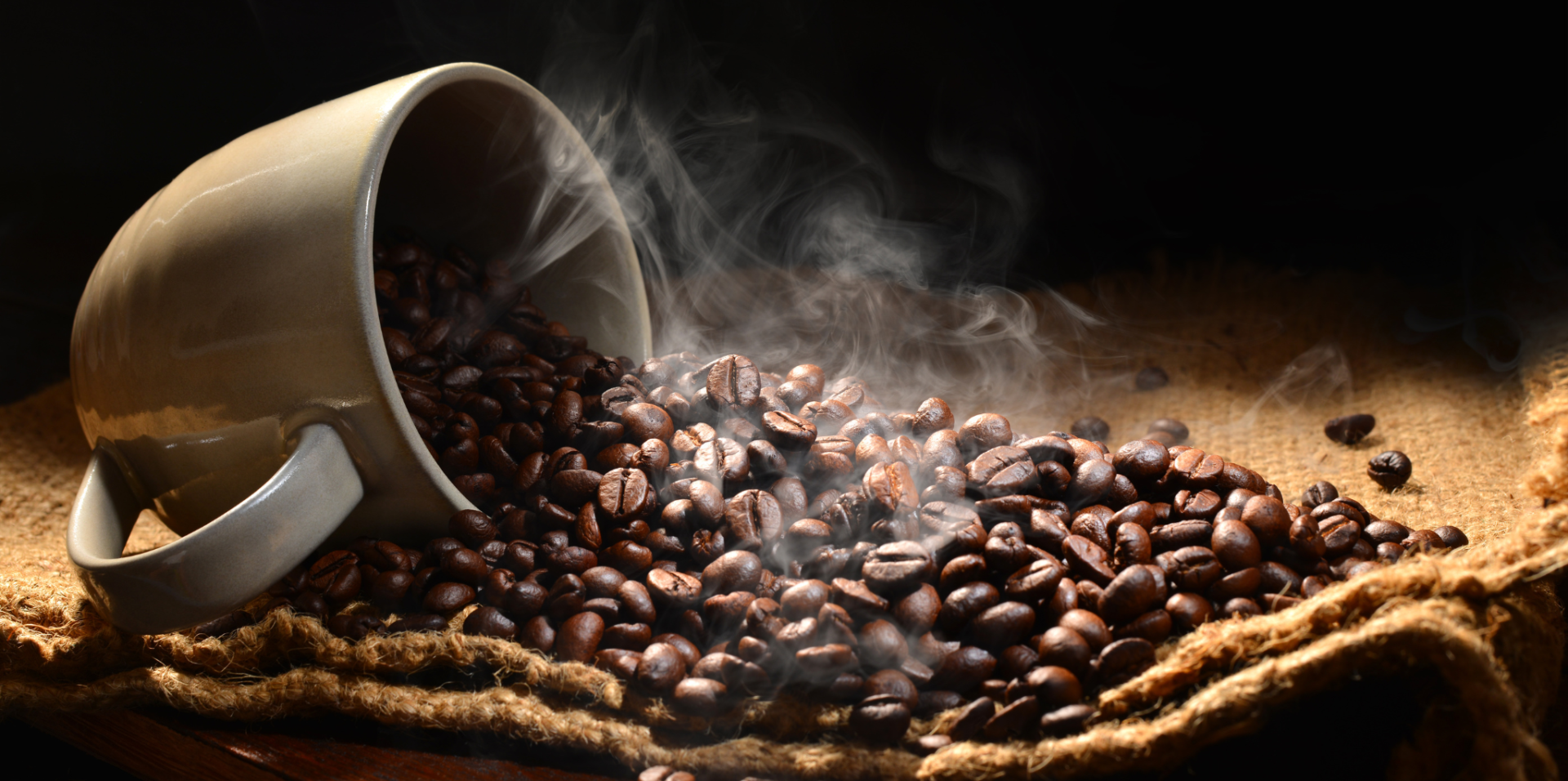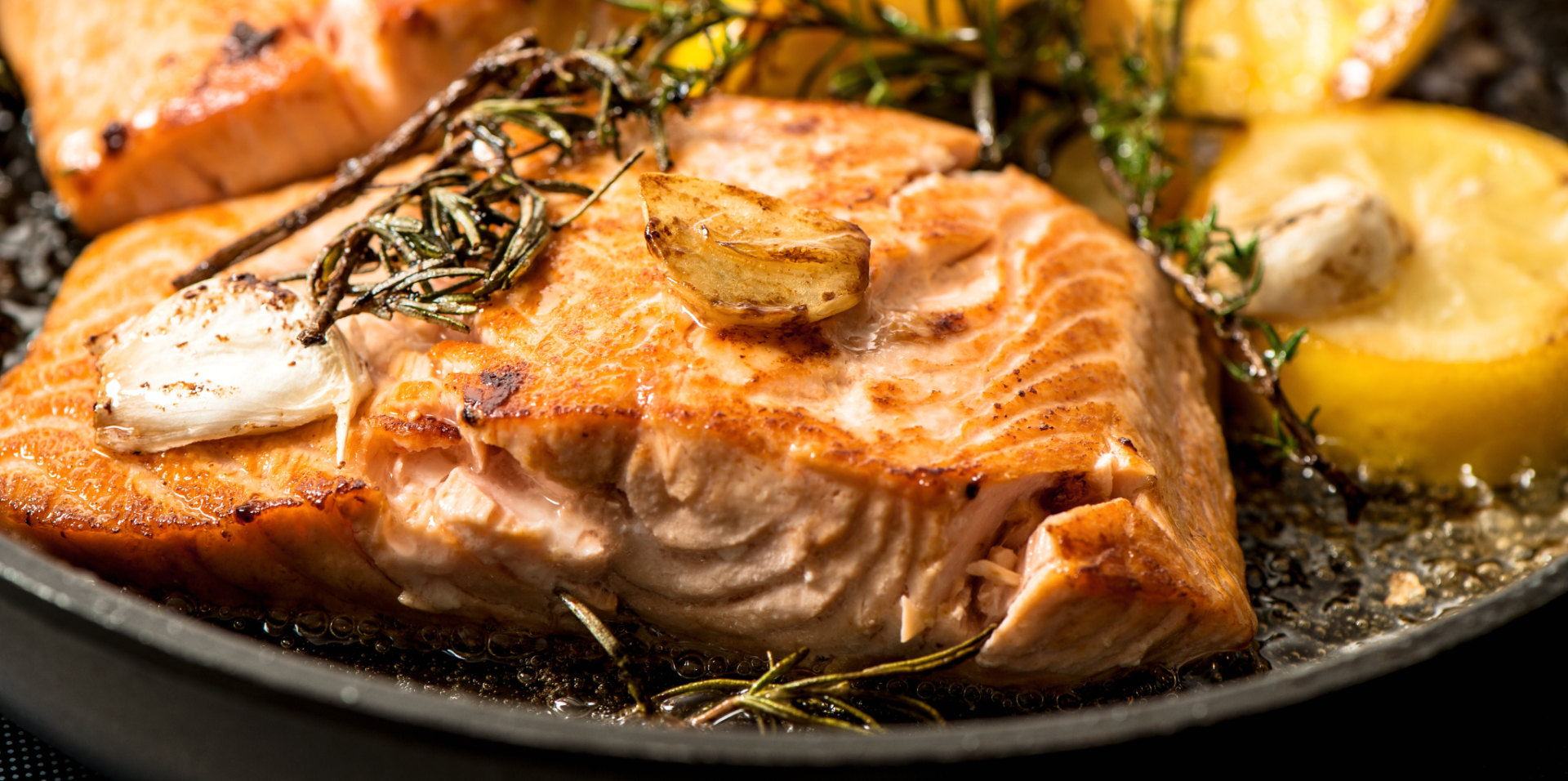Creature Chronicles: Don’t Wear White
 What smells do you associate with spring and summer? The sweet scent of flowers or that damp earthy scent after a rain? There’s another smell associated with spring and it’s the smell of boiling crawfish. Just walk into a restaurant that serves crawfish or even into an H-E-B and that distinct spicy, pungent odor slaps you in the face. Because I don’t eat crawfish, the smell isn’t appealing to me but to others it’s quite enticing.
What smells do you associate with spring and summer? The sweet scent of flowers or that damp earthy scent after a rain? There’s another smell associated with spring and it’s the smell of boiling crawfish. Just walk into a restaurant that serves crawfish or even into an H-E-B and that distinct spicy, pungent odor slaps you in the face. Because I don’t eat crawfish, the smell isn’t appealing to me but to others it’s quite enticing.
People describe the taste of crawfish as a little sweet and slightly salty with a bit of mineral flavor. It’s like a combination of shrimp and lobster. If you’re planning a crawfish party you should plan on buying 3 pounds per person on average. Cooking them is easy. Get your pot, add water and a packet of your favorite seafood/crawfish boil spices. You can add potatoes and corn at this point. Let them cook until just about done before adding the crawfish. After you add the crawfish, cover the pot with a lid and boil for 3 minutes. You can also cook your vegies ahead of time if you like and then you’d simply add the vegies and crawfish together to boiling water. You can eat all the meat in the body as well as the head but most people avoid the shell, tail and antennae.
Crawfish, crayfish, crawdads, mudbugs—they go by several names. People in our area call them crawfish. The folks in the northern parts of the USA call them crayfish. Northern Californians and people on the east coast refer to them as crawdads. In Australia they are referred to as yabbies. There are over 600 species of these critters. They are freshwater crustaceans found all over the world except in India and Antarctica. They have 5 pairs of legs or 10 total. Their front 2 legs are like large claws, called chelae, which are used to defend themselves and to gather food. Water and air are drawn through the gills through an appendage that makes a noise called a “pulse train.” This is how they communicate with other crawdads and alert others that predators are near.
Crawfish have a long, pointed structure that looks like a nose but it’s thought to offer protection for their eyes. Under the tail is a small appendage called a swimmeret. It helps them move and also helps with carrying eggs. Their tail “fans” curl under their body to help protect the eggs. They have an instinctive reaction to a potential predator or disturbance called a “tail flip” which propels them backwards.
Texas ranks second in crawfish production and most are raised in rice paddies. Louisiana is first. The peak months are February, March and April. There are two varieties that are predominant here and are called the “red swamp crawfish” and the “white river crawfish”. They have similar ecological requirements and sometimes co-exist. Reds are found in swamps, ditches and bayous. Whites are found in larger, deeper, and flowing bodies of water.
Have you ever seen a smokestack-looking pile of mud in ditches, fields or even yards? They are called crawfish chimneys and there is a crawfish living in a burrow underneath. They can be as deep as 3 feet and are normally full of water. They use their legs and mouth to dig up mud and make it into a little ball called a pellet. The pellet is then taken to the top of the soil and placed on top of the other pellets. This is done over and over until the crawfish chimney is built. Why they build chimneys is not totally understood but it is assumed that one reason they do is for safety reasons. They never have to leave the safety of their burrow. Another reason for the chimneys is that it helps air flow into the burrow.
Did you know—
- In the wild, crawfish can live up to 30 years.
- Lose a limb? No problem. Crawfish can regenerate lost limbs. This comes in handy during mating season when males can get a little aggressive.
- Crawfish molt. They can shed their shells up to 15 times. With each molt, they nearly double in size.
- Crawfish can be red, blue, white, green or yellow but when cooked, they are all red.
- There are some species of crawfish in Australia that grow to 15.5 inches and weigh more than 8 pounds.
If you’re planning on eating crawfish, here’s some friendly advice: pinch the tail and suck the head, and do not wear white! Bon appetit!





